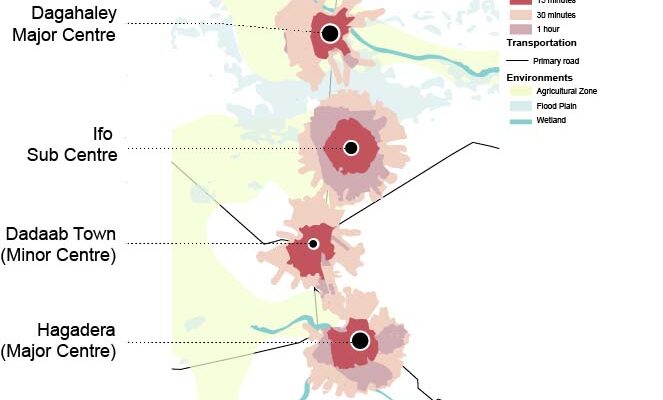This article aims to identify and explore the links between design practices for natural disaster victims, refugees, and displaced houseless communities. This study employs an urban design framework for the evaluation of three case studies that provide design standards for housing populations in transitional situations. The approaches observed from these three case studies have been analysed and mapped into the sustainable urban design framework. These case studies have been selected because of their indefinite longevity; coordinated response efforts utilized after the natural disasters, by community-driven pragmatic initiatives and central government-led hierarchical action; pilot studies informed by successful community-engagement programs; and emerging practices around humanizing approaches that operate holistically as epicenter for the physical, mental recovery of transient inhabitants and thereby serve as a nexus of strength and growth for the community. A Life-Cycle Thinking approach has been adopted while designing for transitioning people from temporary facilities into planned sustainable living environments with attachments to the local community, instead of considering them as transitional settlements to pass through and leave behind, and where residents and the settled community can have more stake thereby leading to success in the entire approach and process.
This article originally appeared in Vol 14.01 of the Perkins&Will Research Journal. CLICK HERE to see the whole article.

